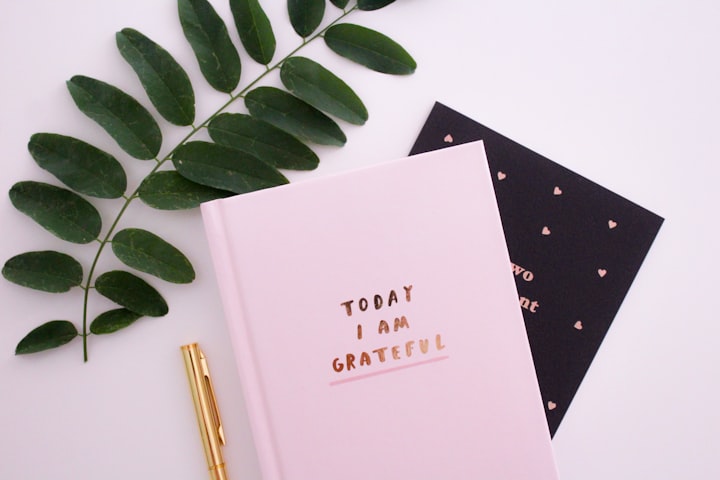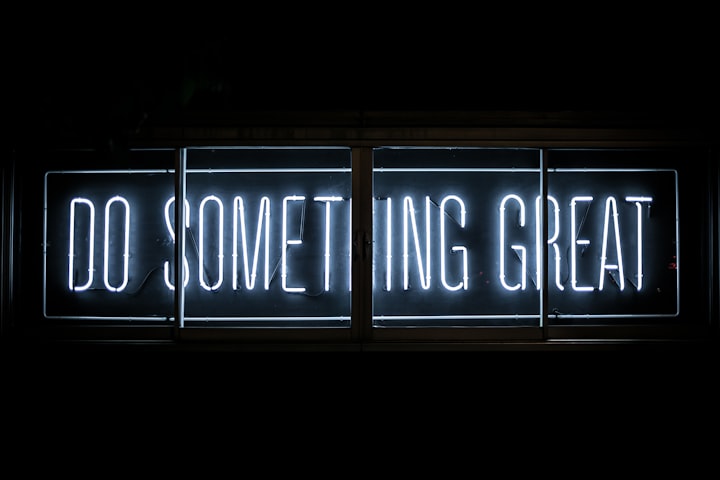The Resting Happy Face
Self-improvement: how to work on your RBF

I remember sitting in the pews at church and a guy who was in the choir always stood out because he looked so happy and gleeful all the time. I concluded it must be his naturally raised cheeks that lifts the sides of his eyes and his "aegyo sal" which is the Korean term for the "charming pocket of fat" right beneath the eyes, and is known to make people appear younger and more cheerful. Women in South Korea are known to have cosmetic surgery to pronounce this facial feature or apply contouring makeup to create a slightly protruding illusion in the undereye area.
As humans, we naturally decide whether someone is happy, sad, fearful or angry based on facial features and expressions such as furrowed brows, wrinkled eyes that form crows feet, lips pulled back with exposed teeth, or any other outward expression (or lack of).

RBF or "resting bitch face" became a thing back in 2013 when it started off as a joke from the comedy group Broken People and it went viral. Now RBF is in the dictionary and is used to describe people who have a naturally annoyed or angry expression at their resting state. People who have this expression are constantly accused of being mad, bored or uninterested when they've said nothing or done nothing wrong, and in fact might feel the opposite.
As one who can relate, I might as well have a label on my forehead that reads “don’t disturb.” And though we don’t have to care about what others think, especially if the comments are coming from strangers, I figured it’s worth working on our “resting face” since first impressions count. Plus, smiling or laughing releases more happy chemicals so everyone benefits here.
Studies have shown that even faking a smile or laugh helps us release endorphins since our brain doesn't differentiate between the real and fake. When our facial muscles that form our smiles and laughs are triggered, it tricks our brain into thinking we’re happy.
To go a little deeper, there are four specific hormones that play a big role in how humans experience happiness:
- Endorphins are happiness boosters that help alleviate anxiety and depression, which can be produced by laughing, exercising, meditating, eating certain foods like dark chocolate, or creating art.
- Oxytocin is associated with relationship building that produces the feeling of trust and empathy. Activities like expressing gratitude, socializing, hugging, exercising and even listening to music can help release oxytocin and make you feel good.
- Serotonin is a mood stabilizer, reducing depression and also affects your sleeping, eating, and digestion. Exercise, sunlight, and getting massages can increase your serotonin levels.
- Dopamine is associated with our brain's reward system that enables motivation, learning, and the determination to accomplish goals. Exercising regularly, creating to-do lists, establishing goals are all activities that can help increase this "feel-good" hormone.
If you want to feel happier or work on your Resting Happy Face from the inside out, a good step to kill four birds with one stone is with exercise. It’s the one common activity that helps release all four feel-good chemicals at once. Choose heart-pumping aerobic activities like running/walking, swimming, and cycling.
To go the extra step, add in the practice of daily counting your blessings by finding something to be grateful for even when faced with negative situations. Examples of this include saying "I'm thankful to learn this life lesson" or "I'm thankful for this situation because it made me stronger." You can’t really feel thankful and unhappy at the same time.
Exercising, giving thanks, and making a conscious effort to smile more are easy ways to boost your everyday joy as little steps for self-improvement.






Comments
There are no comments for this story
Be the first to respond and start the conversation.